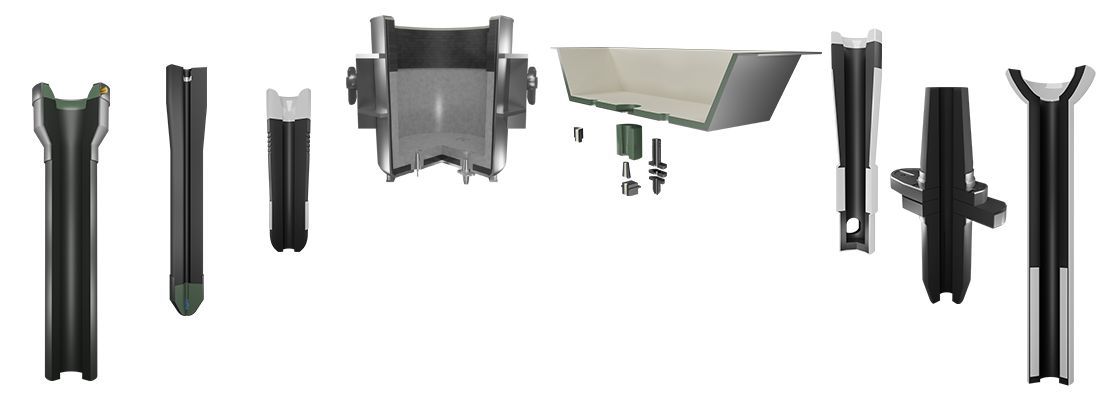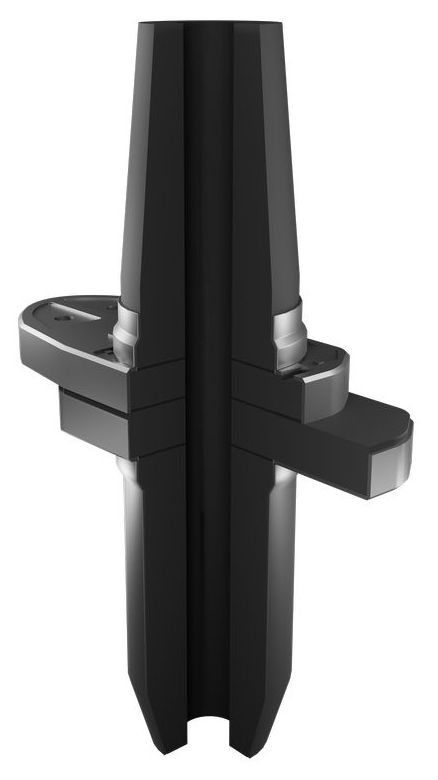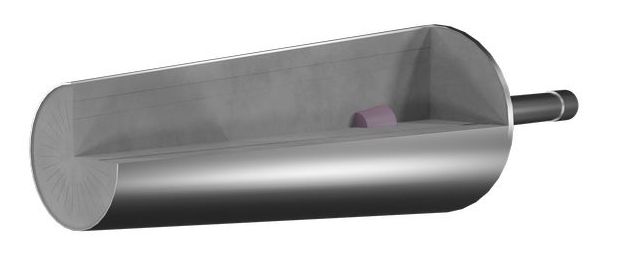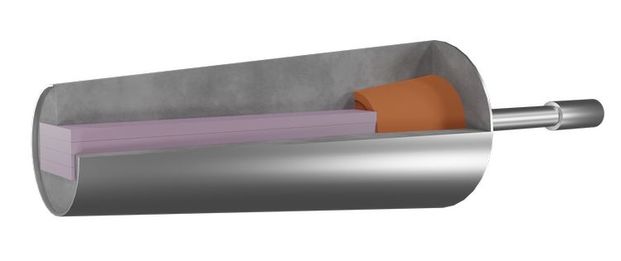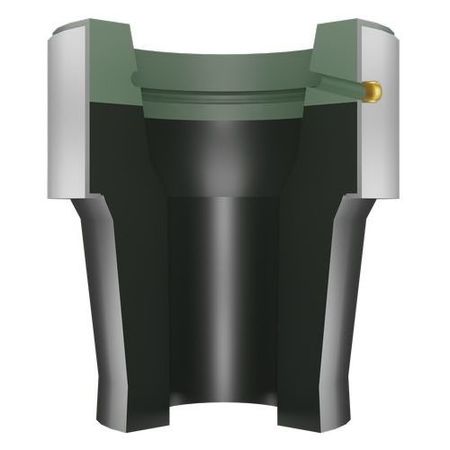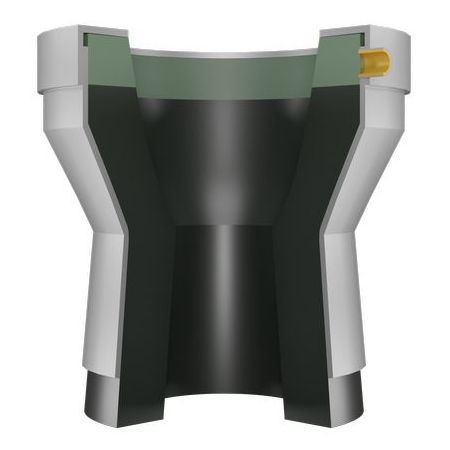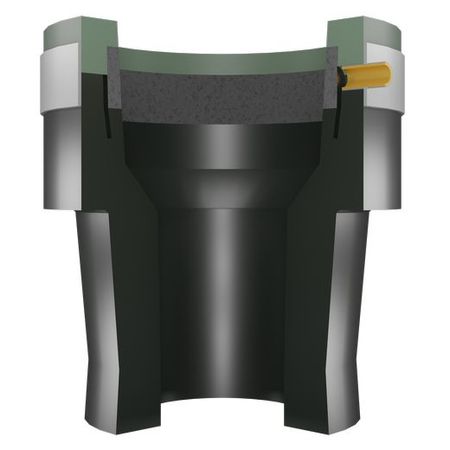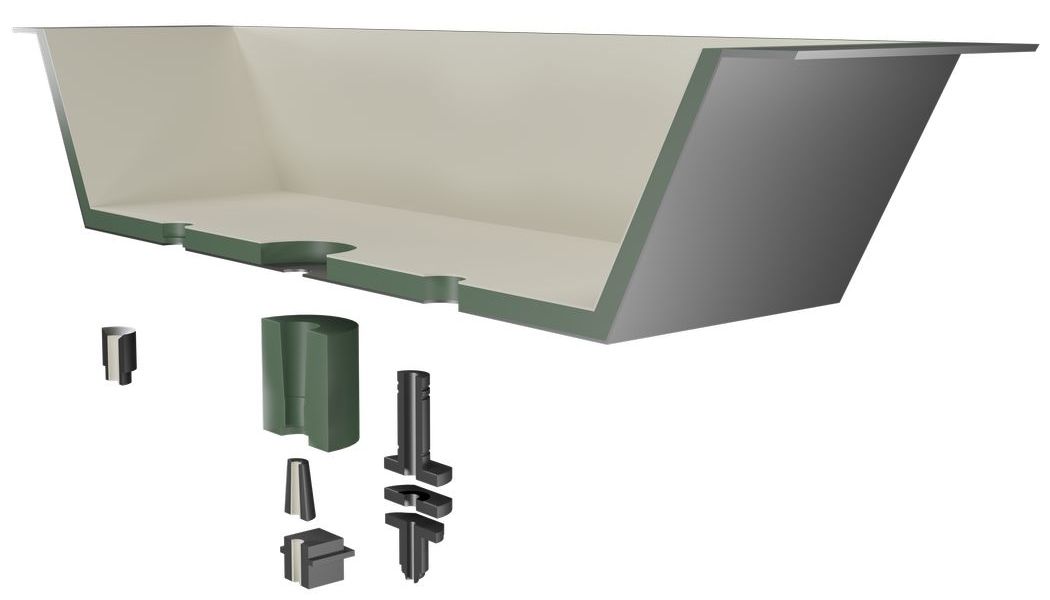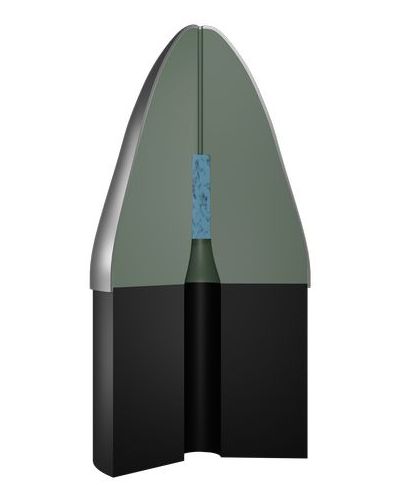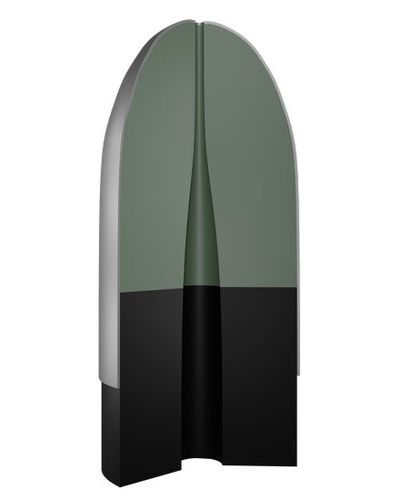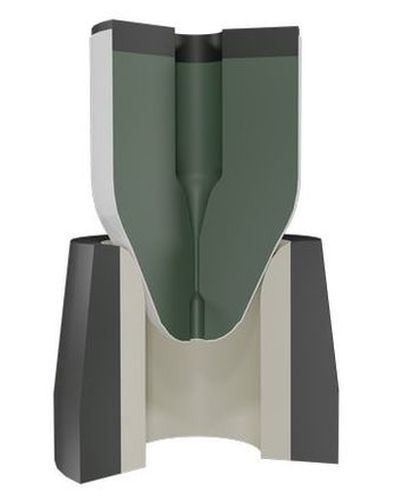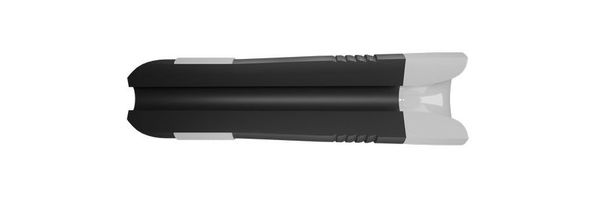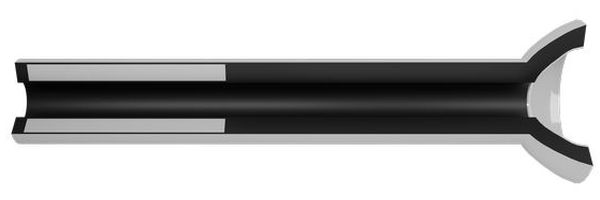A variety of specialized refractory products are used in order to control the flow rate of the molten steel, to create a beneficial flow pattern inside the mould, to prevent oxidation and to improve the flotation of inclusions.
The utilization of these refractories and their individual characteristics have a great influence on the final quality and material properties of the cast steel.
Therefore, VGH offers a variety of high-quality refractory flow control products designed to meet the individual requirements of our customers.

